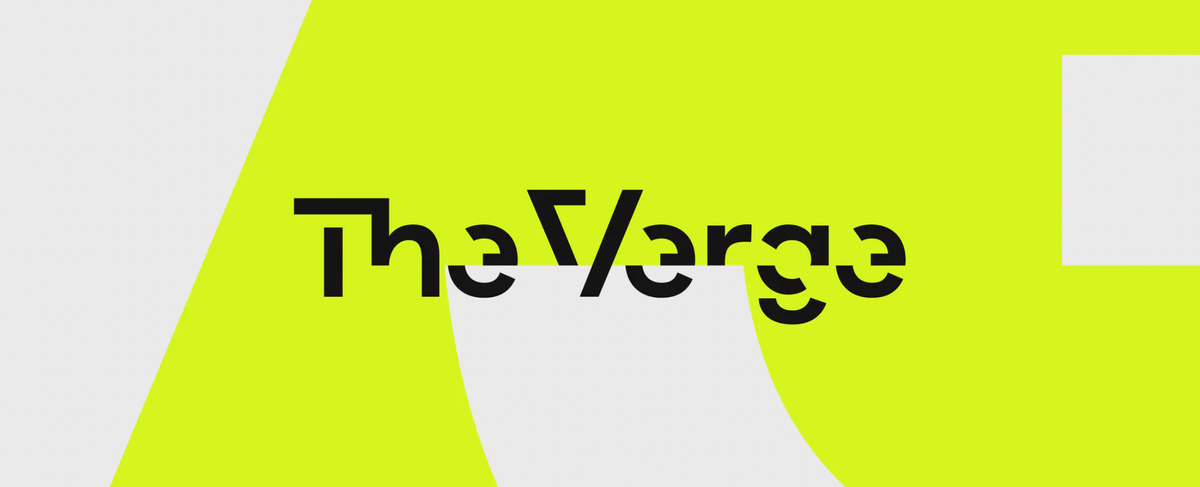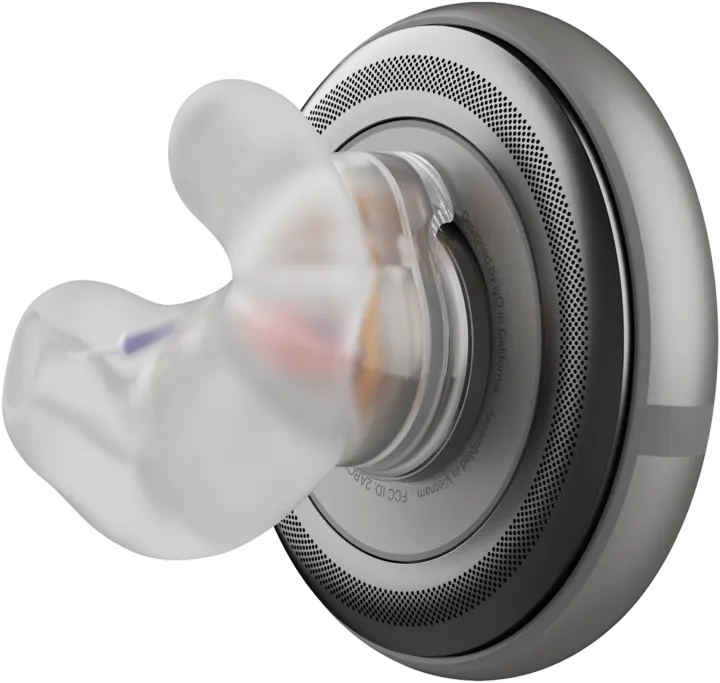The Verge redesign matters (for us, too)

The Verge is among the most famous consumer electronics and technology news websites. As of yesterday, they entirely redesigned their website and, more importantly, changed how they feed their audience news.
Let's see why this might be big news.
The Verge was launched in 2011 and is owned by Vox Media, which is 34% owned by Comcast. And OK, you might not care so much about all this – I don't either. But Vox Media has about 300 news and fashion websites in the U.S. with more than 400 writers. It's no New York Times or Fox News for sure, but still, it's not a legacy media either. They dubbed themselves a modern media company, deservedly so. As such, how they struggle with the complexity of getting business models running in the news/media landscape is very interesting.

In this game, The Verge, with more than 50 million unique visitors a month, is certainly the coal mine's largest, most active, and swift canary. Not to mention that their historic executive editor, Dieter Bohn, was recently poached by Google to lead part of the Platform and Ecosystem team.
All right, so this redesign, why does it matter so much? This is what Nilay Patel, co-founder and Editor-in-Chief, says about it:
I think that the core realization for us is that our competition is not Wired, our competition is Twitter ... and other aggregators of audience.
That's the power move.
As they understand their market and don't confuse their product (a tech website) with their value (leading the conversation on consumer behaviors with and around technology), they've decided to engage their real competition—namely Twitter, Facebook, and other news aggregators.
(...) publishing across other people’s platforms can only take you so far. And the more we lived with that decision, the more we felt strongly that our own platform should be an antidote to algorithmic news feeds, an editorial product made by actual people with intent and expertise. The Verge’s homepage is the single most popular page at Vox Media, and it should be a statement about what the internet can be at its best.
The core idea seems simple: instead of letting go of the idea of your website as where the audience will come from, make sure that your content can be pulled out by other, more powerful platforms (the shared wisdom of the last ten years), it might be time to reverse the flux. Sure, your content will be pulled out, referenced, quoted, linked, and ranked by algorithms, but what if you ensure that the readers and viewers are always incentivized to return to you? And maybe even check your site before anything else?
So we’re back to basics with something we’re calling the Storystream news feed, right on our homepage. Our plan is to bring the best of old-school blogging to a modern news feed experience and to have our editors and senior reporters constantly updating the site with the best of tech and science news from around the entire internet. If that means linking out to Wired or Bloomberg or some other news source, that’s great — we’re happy to send people to excellent work elsewhere, and we trust that our feed will be useful enough to have you come back later. If that means we just need to embed the viral TikTok or wacky CEO tweet and move on, so be it — we can do that. We can embed anything, actually: I’m particularly excited that we can directly point people to interesting threads on Reddit and other forums. The internet is about conversations, and The Verge should be a place to find great conversations.
Does it sound like blogging? Yes, but if you squint your eyes, you will see it's more elaborate than that. Here, The Verge wants you to believe they will have a better way, or at least a much more interesting way, to sift through content and present it to you.

They'll curate part of the news on their website, they'll embed whatever seems relevant at the time, they plan on promoting top comments as news (comments are not fully back as I write this), and they want to give you many reasons a day to come back to their homepage and see how they see the news in this instant instead of switching to Twitter or Facebook.
So we sat down and thought about what was really important to us and how to make our homepage valuable every time you open it. We also thought about where we came from and how we built The Verge into what it is today. And we landed on: well shit, we just need to blog more.
Don't underestimate their tech acumen, too. The new website uses a new Vox Media front-end platform called Duet, making publishing more seamless. The ongoing redesign of the comments is going through with The Coral Project (an independent tech layer born from the collaboration between The New York Times, The Washington Post, and the Mozilla Foundation). An army of designers and engineers was involved in this redesign.
There's a serious commitment to go beyond the out-of-the-box solutions that we, mere mortals, can access. This commitment has a point beyond owning the software infrastructure:
What’s most exciting about all this is that it will actually free up time for our newsroom: we won’t have to stop everything we’re doing and debate writing an entire story about one dude’s confused content moderation tweets. We can just post the tweets if they’re important, add the relevant context, and move on. That means we’ll get back hours upon hours of time to do more original reporting, deeper reviews, and even more incisive analyses...
Now, let's get personal. Is there a lesson here to learn for innovation copilots at our tiny scale?
I think there are a few, yes. Or at least I see in hindsight a few choices we recently made that align with some of the key ideas behind The Verge redesign – or it's just wishful, you'll tell me.
❶ The logic of working on both deep-dive articles (once a week) and not hesitating to publish daily short hot takes is what we started to do a few months ago. No 3D chess or highly strategic thinking at play, just the joy of switching from WordPress (bloated and convoluted) to Ghost (swift and delightful). Nonetheless, we hope you will have a reason to visit us at least once a week to check the topics we are interested in real time.
❷ While we were regularly engaging in discussions and comments with our connections on Linkedin (not so much on Twitter, which had become useless years ago), something more personal was missing. I half-reluctantly started a newsletter (Ghost, again) and reserved our weekly deep-dive for subscribers. Within a few weeks, hundreds of you subscribed. I mean, we're just asking for your mail to have a chance to know who you are, that's it. But still, I was really impressed. The current engagement rate for the last 30 days was... 81% 🤯 (this is the percentage of members that have interacted with our content, whether by opening an email or browsing our site).
❸ Then there's the current step we're taking today (and clearly being inspired by The Verge): we will open comments on the site for our members. Yup, my friends, you read well. Opening. Comments. A thing that I have refused to do since 2008 because nothing looks more depressing than empty comments on a website. On the other hand, if you get tons of comments, you become a full-time moderator trying to clean a bottomless cesspool of filth. No, thanks. But 81% of engagement? That changes quite a few things, and at least it makes the experiment worthwhile. We'll see how it goes.
Ultimately, our website (and now the newsletter) is only there for one reason. Reinforcing our network by sharing our thought processes and how we see innovation. Our business model does not require millions of unique visitors to our website. Just the dozen executives in Europe and Asia that, any given year, mission us to copilot an innovation with them through a sticky hurdle.
Getting a few thousand of you to read us, discuss with us, disagree with us, but essentially engage and check what we have "in-store" honestly and transparently has always been the most intuitive way to get there. The times are changing (they always are), but it's what we do and, maybe more importantly, what we love to do.



